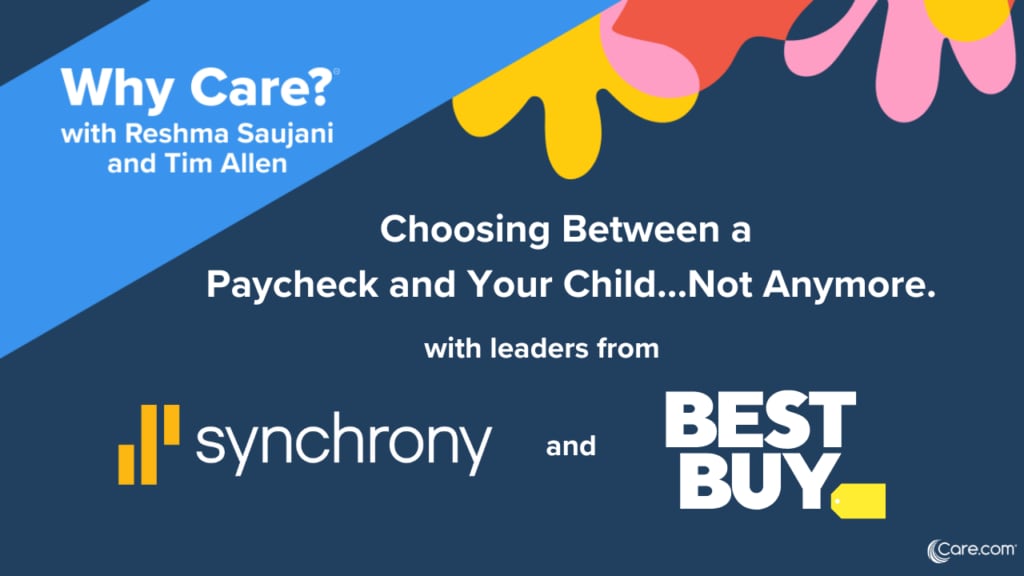Modern companies today are offering wellness benefits go beyond their workforce’s physical well-being to have a positive impact on employees’ lifestyle and interests.
Because, after all, having a happier, healthier workforce translates to more productive, engaged employees and better, more effective teams.
“It’s really about the integrated health benefits,” says Kerry Bryant, senior public relations and social media manager for Virgin Pulse. “What are all the things that might be on their mind, stressing them out and taking away from their productivity at work.”
It’s about helping people reset and come into work happier and healthier, which is better for the individual and creates a really great company culture for employers. Holistic wellness programs can help to drive recruiting and retention efforts, as well as productivity and employee engagement.
Let’s take a look at 9 of the best wellness initiatives available for employees today.
- Sleep
Yes, you read that right. One thing Virgin, the Huffington Post and other companies have really focused on — and one that’s certainly become a hot topic for many employers — is sleep. At HuffPost offices, and younger companies like HubSpot and Care.com, it’s not unusual to find sleep pods, nap rooms or hammocks for employees who need 20 minutes to refresh and recharge during a long workday.Companies are using more than nap rooms to prioritize sleep, with many introducing sleep-monitoring wearables or incorporating policies on shutting down email while on vacation or after certain hours. And it’s with good reason: Sleep plays a critical role in everything from immune function, to metabolism, memory, learning and other vital functions, according to Harvard University’s Division of Sleep Medicine. - Onsite Fitness Options
Onsite fitness isn’t just about gyms anymore. Because increased fitness has been proven to reduce stress, while contributing to an individual’s overall fitness level, modern employers are expanding employee fitness options to include onsite offerings like yoga, Zumba, Pilates, fitness boot camps and even kickboxing. An increasingly popular tactic is gamifying fitness through friendly competition, including office-wide Biggest Loser contests, step contents and other team fitness challenges. - Wearables
The trend toward wearables is growing and doesn’t seem to be stopping any time soon. From the Fitbit to the Apple Watch, Jawbone and Google Glass, wearable health trackers are huge and companies and employees are embracing that. A recent survey by Cornerstone OnDemand found four out of five employees would use a company-provided wearable that tracks their health and wellness, providing data to their employer. The study also suggests by adding perks like a 5 percent end of year bonus, a reduction in health insurance premiums or an extra vacation day, more employees would be encouraged to sign up. - Healthier Food Choices
Leading organizations today are adding education to their healthy food options, empowering employees to make healthy choices at work and at home. At work they may be offering fresh fruit in the snack room, decaffeinated options rather than the go-to afternoon coffee and healthy snacks. Some even bring in a local chef for a cooking demonstration or lessons on how to prepare healthier meals. Hopkinton, Mass-based EMC, for example, offers its employees color-coded choices in the cafeteria to encourage more plant-based eating, while educating their employees about healthier food options. - Wellness Reimbursement Programs
Even when they offer onsite fitness options, some of today’s forward-thinking companies are also reimbursing employees when it comes to wellness programs. Why? Because employees today value choice, and so when on-site facilities don’t offer what they are looking for, these reimbursements support employees in making healthy choices for themselves. Companies like Autodesk, for example, provide a wellness reimbursement to eligible employees toward the cost of joining a gym, purchasing in-home fitness equipment, participating in fitness classes or other wellness related expenses. - Personal Financial Tools
Odd fit for a wellness lists, right? Wrong. From struggling to figure out how to manage their 401k to pulling together a down payment for a new home or saving for their child’s college education, financial stress can really take its toll on employees. Offering access to financial counselors, online planning tools or lunch and learn sessions on specific topics are a big help for today’s employee dealing with financial issues. One less stressor for employees means one fewer potential distraction. - Sabbaticals
Naps aren’t the only way companies encourage employees to rest and recharge. A trend is re-emerging that offers employees a much longer break — sabbaticals. Whether it’s a month, six weeks or more – companies today are offering employees paid sabbaticals to allow them to travel, volunteer, spend time with family or just to take a well deserved break. In many cases, sabbaticals are offered to employees who have worked a certain number of years and then they are given the option to take the time do what matters to them most outside of work. From a wellness standpoint, sabbaticals can mean healthier employees who come back with lower stress levels and improved morale. - Homing at Work
More and more companies are offering convenience benefits in the workplace to help make life easier for their hard-working employees. As more and more employees spend time “homing from work” — be it shopping or scheduling a doctor’s appointment during lunch — and companies are responding. It’s not uncommon for modern companies to offer onsite manicures and massages to workplace CSA picks and onsite medical care. They figure, if employees are doing it anyway, by making it as fast and easy as possible will improve productivity and engagement.
- Embracing Volunteerism
Giving employees the opportunity to give back to their community is another benefit more and more companies are offering and embracing. At AOL employees participate in “Give 5” days where they can take five working days a year to give back to a variety of causes. At NetApp, employees receive 40 hours of paid time off annually to work at a nonprofit or school of their choice. Deloitte gives its employees unlimited paid time off for volunteering.






